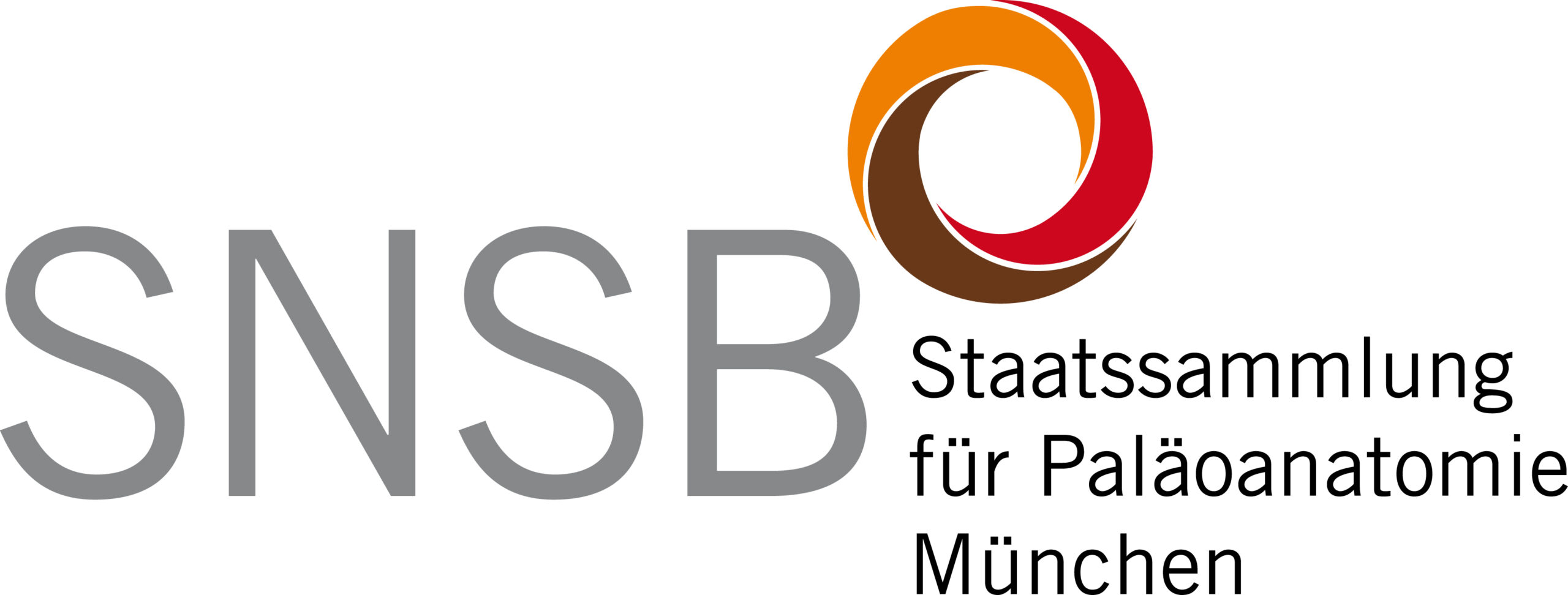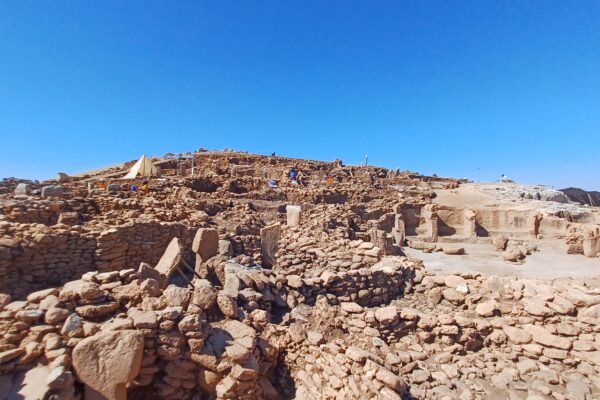Bavarian State Collection for Palaeoanatomy
The Bavarian State Collection for Palaeoanatomy is an institution of the Bavarian Natural History Collections (SNSB). The scientists there research the human-animal-environment relationships in prehistoric and early historic times. Research questions are oriented towards the cultural history of animals, their biology and the history of veterinary science with a focus on the domestication and history of domestic animals, the transition from foraging to agriculture and animal husbandry, the Romanization of Raetia as well as the migration of humans and animals across the Alps.
ICAZ Working Group “Archaeozoology of Southwest Asia and Adjacent Areas”
The XVIth ASWA conference took place from May 25 – 28 2025 and was hosted by the Bavarian State Collection for Palaeoanatomy. Further information can be found here.




